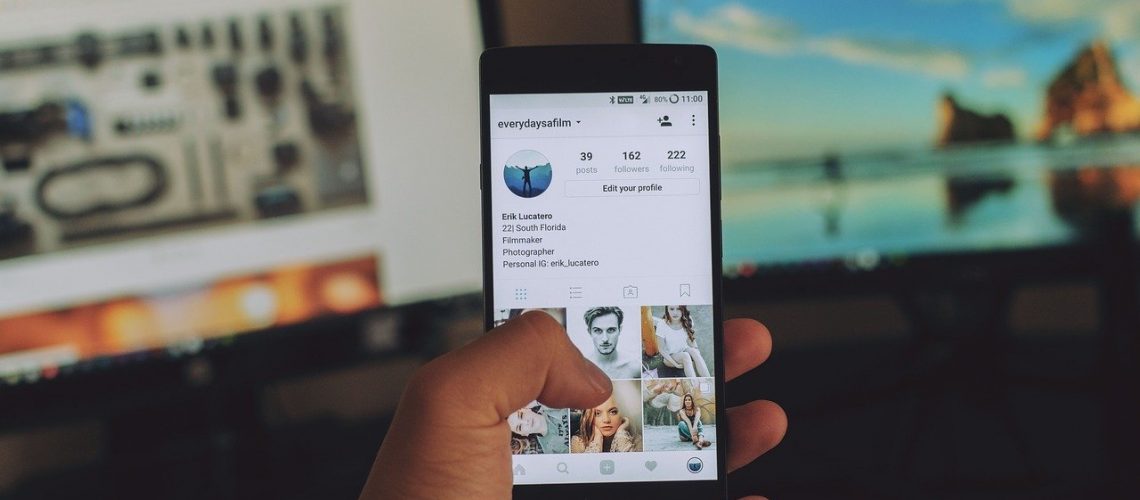Smart home technology that can also be called Home Automation is the application of electronic devices in the house that connect to the internet, most often a wireless home network or a local area network. These devices are usually referred to as “smart” because they have many features and capabilities that can be controlled by the homeowner or an authorized user. For example, there are smart phones that can be programmed to play soothing music or turn on lights when it is time to get up. Other examples of smart home technology devices are security cameras that can be hooked up to a home security system so that when doors and windows are opened, a visual alarm is displayed on the security camera to alert the homeowner. Some types of home automation devices are available to purchase for a low cost and some can even be operated by a computer.
Home automation devices provide an easy way for consumers to make use of home technology at a lower cost. There is no need to purchase and hook up expensive devices such as fridges, televisions, speakers and amps. The cost of running these appliances on a daily basis can quickly add up. Most home technology products nowadays are designed to operate using solar power, thereby greatly reducing operating costs.
One type of home technology product that is gaining popularity is iRowers. This is primarily due to its low cost, high availability and easy installation process. By simply plugging in a few devices, such as a computer and a stereo, users can set the pace of their iRower by adjusting the temperature and resistance of the air flow through the iRower’s motor.
Another home technology integration that many homeowners are finding useful is LED lighting control. This is also known as LED strip lighting. Many homeowners are finding that controlling the amount of light emitted by their lighting system is a great way to save money and make their home more energy efficient. Home-technology integrators have developed sophisticated systems that enable a homeowner to control how much light is emitted from their lighting controls.
Another integration of home technology that has taken off in recent years is security lighting control. Security lighting is increasingly used as an effective means of deterring crime and also as a way of giving homeowners peace of mind when they are out of their home. A home-technology integrator can assist a homeowner in selecting a security lighting system that is effective and also one that is aesthetically pleasing. Integrating security lighting with home-technology products such as thermostats is a good way for homeowners to ensure that they are receiving optimal security protection.
Lastly, another integration of home technology is video surveillance equipment. Security camera systems are used extensively across the country to monitor everything from traffic accidents to intruders and vandals. A home-technology integrator can assist a homeowner in purchasing security cameras that are designed specifically to work with their thermostats. This ensures that the devices are compatible and that they work with the homeowner’s desired thermostat installation.
One of the most popular types of integrating technology is lighting control. Light bulbs and other devices are now available in a wide variety of wattage options, which allows homeowners to create the most personalized lighting solutions. A lighting technician can set the desired lumens for a room and then install a large number of lamps in order to achieve the desired effect. From subtle to exotic, contemporary to classic, and everything in between, homeowners can easily find a number of different lamps to complement their desired style. Some of these lamps even have built-in thermostats to ensure that the lights turn on when the desired temperature is reached.
Home technology integration is not limited to the previously mentioned items. Digital televisions and other high-tech electronic appliances have revolutionized how people watch television and interact with video games. Smart appliances allow users to control certain aspects of their smart TVs such as the TV volume and television network availability. DVRs allow consumers to record live television events and view them at a later time using portable devices such as DVR Players. With so many different technologies being integrated into the smart home environment, homeowners are able to create a number of different living arrangements and customize features that suit their lifestyle.
